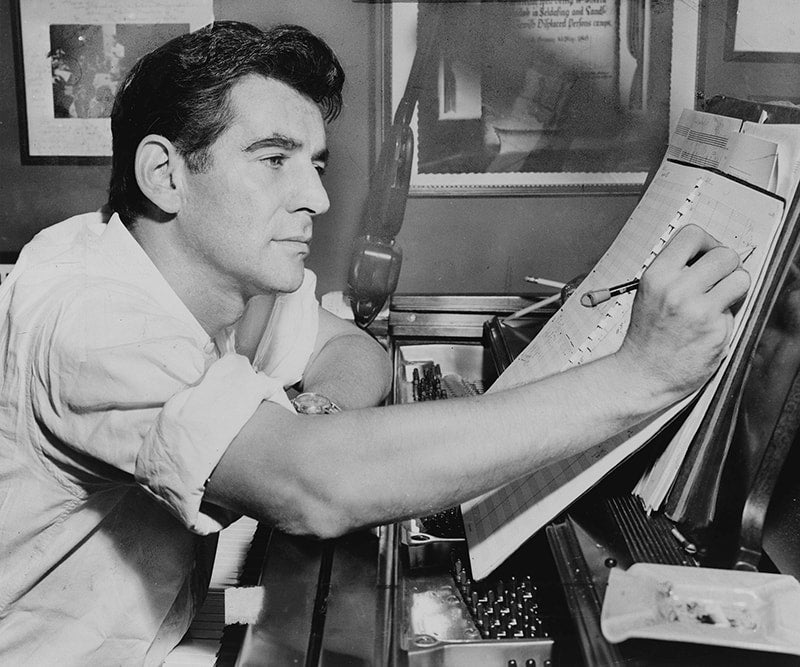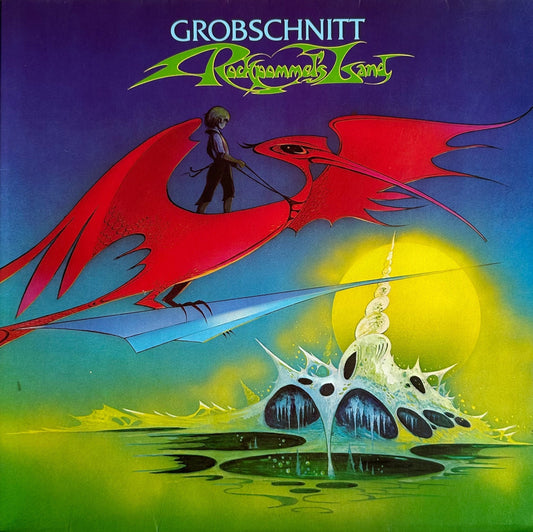“An earworm is a song or melody that keeps repeating in one’s mind.” Merriam-Webster
Earworms can be found in many of the pieces and songs you enjoy listening to: all you have to do is find the right hook to catch them. Once you’ve caught an earworm, it will linger in your mind for a while. Maybe for a day. Maybe two days. Perhaps even longer.
The downside is, like catchy advertising jingles, earworms can’t be banished from your head that easily. These critters are entertaining at first but hard to exterminate when you want to get rid of them. You can try drinking a calming beverage to stop the music, reading an absorbing book, or doing a headstand in hopes that the earworms will navigate toward your ears and crawl out onto the floor. (I don’t guarantee any of these will work.)
Earworms are highly contagious. If you contaminate people by sharing even one earworm, it can cause an infestation. For example, since the 1970s Pachelbel’s Canon has become ubiquitous. That 17th-century composer’s bass line and melody could be heard everywhere – on film soundtracks, CDs, the radio, television; at shopping malls, weddings, and other social occasions – performed by musicians ranging from string and brass instrumentalists to bagpipe and organ players. With all that aural reinforcement, the lovely and catchy Canon became an earworm: it was nearly impossible to avoid, or forget. Most earworms live for only a few hours; the Canon survived for many years and is still echoing in some people’s minds. (If you want to risk exposure, there’s an excellent video of the piece performed on period instruments by Voices of Music here.)
Fortunately, earworms are memorable because they’re usually born from music you like. Here are several examples of catchy themes, pieces of pieces, and complete songs that have invaded my head from time to time. Almost all of the selections are well-known and have a melodic “hook,” making them ideal candidates for worm-hood.
The Catch of the Day
Michael Nyman/The Piano/“The Heart Asks Pleasure First” (Soundtrack) Nyman, a minimalist composer, wrote an attractive score for Jane Campion’s 1993 film The Piano. Reviewers said the movie had a whole universe of feeling; The Washington Post described it as an “evocative, powerful, extraordinarily beautiful film.” The same words could be used to characterize the music. The main theme, “The Heart Asks Pleasure First,” is evocative, powerful, catchy – and, yes, extraordinarily beautiful.
“The Heart Asks Pleasure First”
Note: The theme doesn’t have a decisive ending in this selection. It runs without a pause into the first part of “The Promise,” another track from the film.
Spinoff:
The Piano Concerto (Argo CD) Try listening to Nyman’s concert arrangement of themes from The Piano. The Concerto starts with a faster, stronger pulse than the soundtrack, and is written in a more familiar minimalist style.
John Corigliano/The Red Violin/“Anna’s Theme”/Joshua Bell, violin (Soundtrack) The Red Violin (1998) traces the history of an antique violin from its creation in 17th-century Cremona, Italy where a legendary violin maker mixes his dead wife Anna’s blood into the varnish of a new violin to keep her memory alive, to an auction house in modern-day Montreal. It’s moody and expressive music…a perfect setting for the story of what happens to the violin over a span of four centuries.
Spinoff:
The Red Violin: Suite for Violin and Orchestra/Kam Ning, violin (Video)
Like Michael Nyman, Corigliano composed concert pieces based on his film score, including a suite for violin (of course!) and orchestra.
Nino Rota/La Strada/“Gelsomina’s Theme” (Soundtrack)
In The New York Times article following the neo-realist film’s 1956 New York premiere, A. H. Weiler wrote: “[Fellini’s] story of an itinerant strong man [Zampano, played by Anthony Quinn] and the simpleminded girl who is his foil [Gelsomina, played by Fellini’s wife Giulietta Masina]…is a modern picaresque parable. Like life itself, it is seemingly aimless, disjointed on occasion and full of truth and poetry. Like the principals, it wanders along a sad and sometimes comic path while accentuating man’s loneliness and need for love…Signor Fellini’s theme offers neither a happy ending so dear to the hearts of escapists nor a clear-cut and shiningly hopeful plot. Suffice it to say that his study of his principals is honest and unadorned, strikingly realistic and yet genuinely tender and compassionate…His vignettes fill his movie with beauty, sadness, humor and understanding…‘La Strada’ [‘The Road’] needs no fuller explanations. It speaks forcefully, poetically and often movingly in a universal language….” reflected in the haunting background score by Nino Rota.
One of the best things about Rota’s score is Gelsomina’s poignant theme. Here it is, taken directly from the soundtrack, accompanied by terrific stills from the film.
Spinoff:
Fellini Jazz/“La Strada”/Enrico Pieranunzi Quintet (CamJazz CD) It might not stick quite as well as the original, but it’s an enjoyable interpretation of the theme performed by an excellent jazz quintet.
Sir Edward Elgar/Enigma Variations/“Nimrod”/Detroit Symphony Orchestra/Leonard Slatkin, cond. (Video) Elgar’s Enigma Variations is a famous orchestral work of 14 variations on an original theme composed between 1898 and 1899. Each variation is a portrait of one of 14 members of Elgar’s family and circle of friends. The ninth variation “Nimrod,” a tribute to Elgar’s publisher and close friend, is the best-known variation and a promising earworm reinforced by a lyrical melody that’s repeated several times while building toward the satisfying conclusion.
The video below is especially recommended because the piece is conducted by Leonard Slatkin, a major proponent of Elgar’s music. If you’re going to get an earworm, you might as well contract it from one of its best interpreters.
Sergei Rachmaninoff/Symphony No. 2/Adagio/Budapest Festival Orchestra/Iván Fischer, cond. (Channel SACD) Some of the same observations about “Nimrod” apply here: lyrical music that stays in your mind, helped by repetition and small variations of the melody. The entire symphony (completed in 1907) contains some of the most beautiful themes Rachmaninoff ever wrote, but the main theme from the adagio is the composition’s most famous one. Fischer conducts a performance that has a nice ebb and flow, and Channel’s SACD sound is, as usual, superb.
Jean Sibelius/Symphony No. 5/Allegro molto/New York Philharmonic/Leonard Bernstein, cond. (Columbia LP/CD) In 1915, on his 50th birthday, Sibelius – who wrote the famous patriotic piece Finlandia – conducted a new symphony, his Fifth. It later became one of the two symphonies that are best-liked by listeners (the other is the Second). There’s a short section in the second movement that’s based on an actual incident: Sibelius’ observation of swans flying over his country home. He was so moved by the flight he depicted it in his music. “We have this buzzing and whirling to start the second movement, then comes a very grand, very majestic theme derived from catching sight of the swans and their majesty in the sky, followed by chaos…then silence…and an amazing ending to the symphony.” [David Hurwitz, Executive Editor, ClassicsToday.com.] The swan theme consists of a rising and descending melody only several notes long, joined by a countermelody a few bars later…brief, but dramatic and something I always look forward to hearing.
Note: In Bernstein’s 1961 recording, the whirling starts at 23:11 followed by the flight of the swans theme followed by its countermelody from 24:20 – 26:00. Click on “show more” to get there directly.
Maurice Ravel/Quartet in F/Assez vif – très rythmé/Cleveland Quartet (Telarc CD) The Ravel string quartet (1903) is another extraordinary piece. Part of its fame is due to the unusual, plucky second movement where the musicians start by playing pizzicato and end with a brief, equally plucky reprise of the first section. It’s music with a special quality that stays in your mind.
“I Want to Know What Love Is”/ Foreigner (Various recordings)
“Unchained Melody”/The Righteous Brothers (Various recordings)
These two tunes seem to belong together, even if they were written many years apart. “I Want to Know What Love Is” (1984) is listed as one of Rolling Stone magazine’s greatest songs of all time. “Unchained Melody” (1955) is also on the list, was nominated in 1956 for an Oscar (best original song, from the film Unchained), was inducted into the Grammy Hall of Fame, and used in the film Ghost. If you’re familiar with these songs they’ve probably already infected you at some point. And if you haven’t heard them before, what are you waiting for? Find those hooks and reel those tunes in.
Foreigner: “I Want to Know What Love Is” (Music video)
The Righteous Brothers: “Unchained Melody” (Audio)
Spinoffs:
“Unchained Melody”/Susan Boyle (Video) Yes, that Susan Boyle of America’s Got Talent fame and her voice is now polished, her demeanor a bit too cautious, but altogether fine!
“Unchained Melody”/Elvis Presley Various audio/video recordings of varying quality.
The Worms Crawl In, The Worms Crawl Out
Even though earworms might become annoying as they repeat themselves endlessly in your head, they can still provide an enjoyable experience because they’re likely to be derived from pieces of music you remember with pleasure.
After listening to so many selections over and over while writing this article, that’s all I can offer for the moment. I have to go now. I have some headstands to do.
Header image: Leonard Bernstein in 1955. Courtesy of Wikimedia Commons/Al Ravenna.



